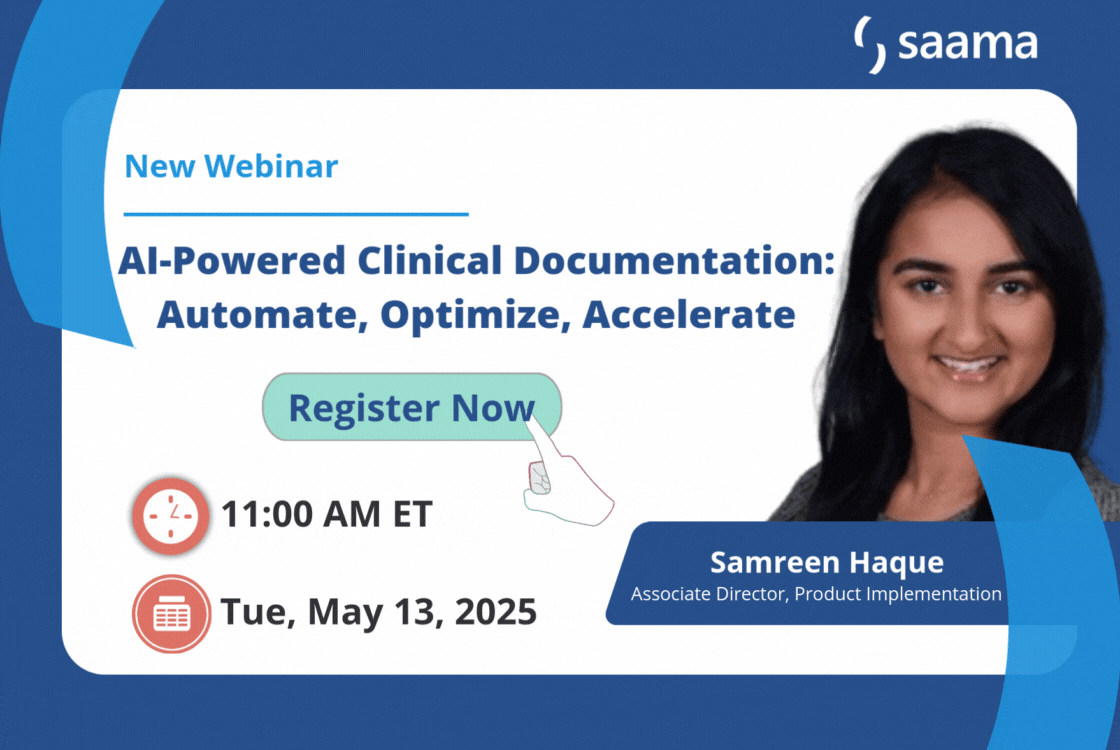If you’ve ever wanted a simple, clear-cut understanding of AI, you’ve come to the right place. In today’s post, we’re aiming to identify, break down, and simplify AI and machine learning (ML) concepts. By the end, you should have a firm grasp on the building blocks of AI, including what it is, what it does, and how it’s used in our everyday lives. If you’d like more information to help demystify AI, take a look at our blog.
We’ll be covering the basics of AI and ML to give you a solid foundational understanding before diving into slightly more complex topics in future posts. We hope you enjoy learning with us and stick with us on this journey as we explore AI and its practical applications more deeply – especially within Life Sciences!
What is Artificial Intelligence (AI)?
We hear AI being thrown around in online and real-life discussions so frequently that it’s almost ventured into “buzzword” territory, where its meaning becomes vague and unclear. Let’s demystify what AI by giving it a clear, fixed definition:
AI is the use of computer sciences and processes combined with large datasets that, together, solve problems in a way that mimics human intelligence.
It’s important to understand that AI is not one technology, process, or capability. It’s an umbrella term that covers a variety of different models, processes, and problem-solving mechanisms.
Working with AI is somewhat similar to working with LEGOs. Just like LEGO creations consist of multiple blocks that create it, AI consists of a collection of different processes that can be combined and applied in different ways to create unique outcomes – just like LEGO bricks!
Some mechanisms that fall under the umbrella of AI include:
- Machine Learning
- Deep learning
- Natural Language Processing
- Generative AI
The Three Main Techniques of AI
According to Gartner, three main techniques act as the foundation for AI capabilities.
Probabilistic Reasoning
Probabilistic reasoning finds correlations between related or unrelated datasets and uses those correlations to solve problems or make decisions. It focuses on uncovering hidden patterns and revealing unknown knowledge hidden within data.
AI processes that use probabilistic reasoning include:
- ML
- Deep learning
- Predictive modeling
Computational Logic
Computational logic aims to capture known information in a structured manner, usually in the form of rules. For example, if a customer buys a swimsuit at the mall, computational logic suggests that they’re more likely to also buy sunscreen or a hat instead of a jacket or a sweater.
Some examples of processes using computational logic include:
- Rules-based systems
- Logic programming
Optimization Techniques
Optimization techniques use a series of constraints or parameters to find the ideal combination of resources that maximize benefit. Using the example above, let’s say the customer has $40 to spend between a swimsuit, sunscreen, and a hat. An optimization technique will work with these constraints to generate the optimal budget for each item based on the $40 limit.
Optimization techniques are utilized in the following AI processes:
- Constraints-based programming
- Linear programming
What is ML?
Despite the term, machines don’t “learn” in the way that humans do. However, machines can be trained to recognize and identify patterns and correlations – this forms the basis of what ML is.
ML is the process of training a computer algorithm to find patterns in a dataset or datasets. The algorithm learns to recognize patterns through this training, instead of being programmed with specific, static rules.
It can then be used to analyze datasets that don’t have any identified conclusions to extract knowledge and identify patterns and correlations that humans would likely miss. It can also be used to provide insight, predictions, and recommendations for next steps to take based on data analysis.
ML is at the core of many successful AI applications.
Examples of ML include deep learning and natural language processing (NLP).
At a high level, deep learning uses multiple layers when analyzing data and transforms it at each level to gain more insight and understanding for problem-solving. NLP is the ability of a computer to interpret and understand written and spoken human language.
Everyday applications of ML
We often don’t realize it, but we interact with AI and ML every day. Every time we select a recommended movie or series on Netflix, click on a YouTube video, use GPS and Google Maps, and talk to voice assistants, we’re engaging with some form of AI or ML process.
Conclusion
Remember, AI is like LEGOs – the more LEGO bricks you have (i.e. the more datasets available to power processes), the bigger and more diverse the potential outcomes are. Think of a LEGO house vs. an entire LEGO city! You get the picture.
At Saama, we firmly believe that a human should always be overseeing any AI process and making the final decision based on ML-generated insights and recommendations.
Learn more about AI’s practical application and potential in clinical trials here. Want to know more about how Saama’s proprietary AI-powered solutions can improve clinical trial development, testing, and analysis? Book a demo with us and we’ll walk you through the benefits.

